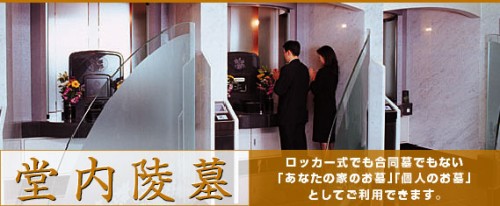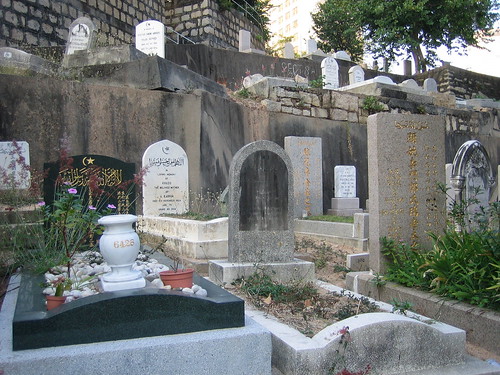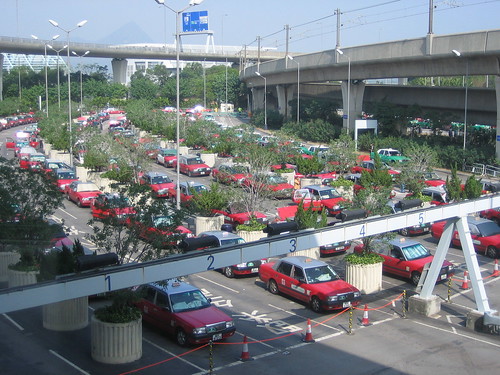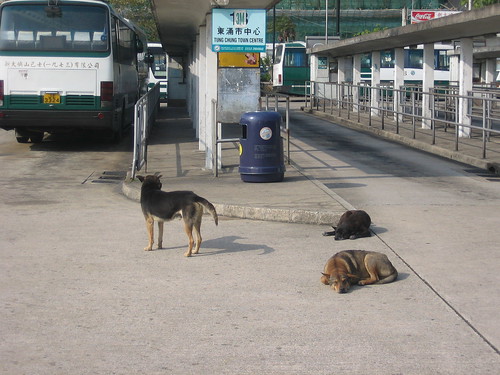Bloomberg has an interesting article on Nichiryoku, a business offering “mechanical tombs” in Japan (and possibly Hong Kong in the near future):
Secretary for Food and Health York Chow was in Japan last week to visit Tokyo-based Nichiryoku Co.’s mechanized columbarium, as facilities used to store urns are known. Families swipe a smart card and the ashes of the deceased are lifted mechanically within 60 seconds from an underground vault, with 8,545 tomb spaces, to one of 10 viewing areas.
…
The seven-story building in central Yokohama, a port city 16 kilometers (10 miles) from Tokyo, uses less space per urn than a facility where all are on permanent display. Each tomb can hold as many as three urns and 95 percent are taken.The Yokohama columbarium, built by Shimizu Corp., Mitsubishi Corp. and Murata Machinery Ltd., was the first of its kind, according to Nichiryoku. Since then, the company has built three more in Japan, and rival companies are doing the same, according to employees who guided York’s tour.
…
“Usually these things are handled by local priests and temples, and in our case we also cooperated with a local temple to open this facility,” said Hisayoshi Teramura, the company’s president. “It’s been a very successful venture for us and we’re getting interest from other cities.” A delegation from Shanghai visited last year and this year, he said.Nichiryoku’s shares have gained 17 percent this year, against a 3.4 percent rise in the benchmark Topix index. Shares in the only Hong Kong-listed provider of funeral services, Sino- Life Group Ltd., have more than doubled since their debut Sept. 9. The company operates in Taiwan and is expanding into China, where growing wealth is fueling demand for traditional funerals.
At the Nichiryoku’s 24-hour Yokohama columbarium, urns are stored in a “tomb” box that slots into one of the designated viewing areas, decorated with a backdrop of floral designs including cherry blossoms, snowdrops, cosmos and roses. People can bring food and flowers, which must be removed when they leave — in contrast to the tradition of graveyards in China.
If people are supposed to bring offerings back home with them when they leave the columbarium, that’s not just different from the Chinese tradition, it’s a lot different from the typical Japanese graveyard as well.
But I quibble. I’ve never heard of anyone using such a facility, but I did just see an ad for Nichiryoku this morning. It’s a cheaper option than getting a family plot at a graveyard, so I can see why some would go for it.
I am kind of amazed that a tomb operator is listed on the stock market, though. Maybe as Japan gets older the death business will get more and more lucrative.







